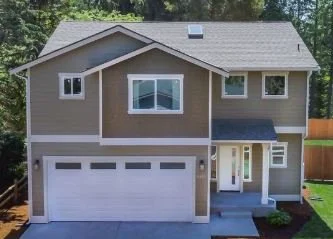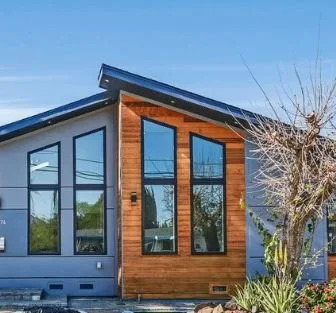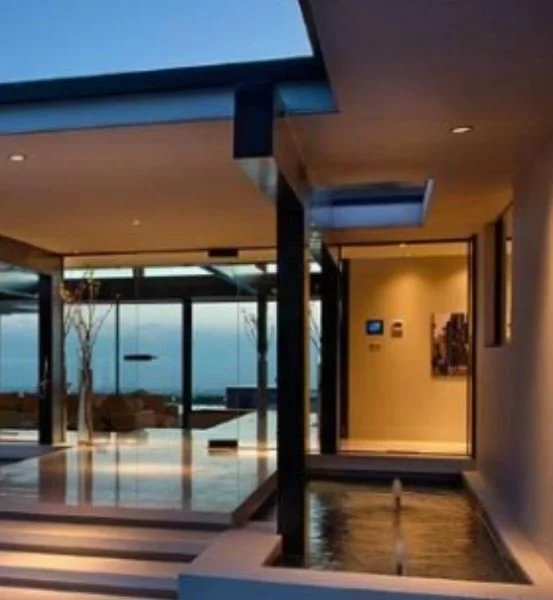The pursuit of happiness is what our country is built on. The protection of health, safety, and welfare of building occupants is what my occupation as an architect is based on. All too often, power hungry losers at the building departments act as gatekeepers and prevent people from getting one of the most basic tenets of happiness in life: the freedom to build their own shelter on their own terms. Sure, there’s rules in place to keep people safe and even to prevent an atrocious hideous building from negatively impacting a neighbor. This is not what I’m venting on here.
I’m an architect who is completely fed up with building department officials who impart excessive, unfounded requirements on citizens which are not remotely grounded on the role of their job: to protect life and prevent negative impacts on others. I’m fed up with government officials that make citizens compromise and build things they don’t want or need, and I’m fed up with unnecessary delays that cost innocent citizens unwarranted delays (which translates directly to money spent that yields no benefit).
Governments have made housing worse in many cases. They have escalated the cost to build. They have escalated the time to build. They have created a shortage of housing because of their meddling.
As far as I’m concerned, if you work for a building department, I assume you are evil. Is this “job-ist”? No. It’s statistical experience. For all the building department employees I deal with, 1 out of 20 might be somewhat reasonable (do not confuse this with "reasonable" since I said "somewhat" reasonable). What this means is that these robots do NOT exercise their ability to reason. They only stick to the book, BUT, they are even bad at that! They misconstrue “the book” to make their job easier and to command higher fees for applications, permits, and inspections.
For example, how does it make any sense to disallow a person’s driveway 12’ away from a tree while also requiring that same homeowner to plant 4 trees just 3’ from a street? They tell me the one car on the driveway will kill the fucking tree, but they have no concern for the trees to be planted on the planting strip that are inches away from hundreds of cars per day (all while shedding leaves that will clog the city sewer system). What sense does this make? This is only the tip of the iceberg. I have hundreds more examples. Building departments are corrupt agencies that try too hard to create funding to justify their own existence at the expense of the people who spend their hard earned money on one of the most basic human needs: shelter.
I am an advocate for beating this system because it should not exist. Utah, for example, stopped plan reviews for residential projects. Architects and engineers are highly trained and experienced experts who actually care about their projects and the people who use them. Building departments do not. They don’t care for you or your project. I advocate for dissolving building departments and focusing on the development and regulation of the professionals who design buildings. Does a doctor ever get told to stop, wait, and change their surgery in the middle of it? Like doctors, architects and engineers are highly trained and licensed professionals who perform their work to that standard of care. We don’t need power-hungry, begrudging, disgruntled, lazy, careless losers telling us how to do our work. When we have questions about how to do our work, we ask - and trust that building department officials are not the people we ask. We ask people who actually know what they are doing: builders, architects, engineers, and material suppliers. We apply their expertise to the situation, and we design the best possible outcome - or we tell our clients: no, this is not a good idea. We don’t need building departments to intervene.
If you’d like to learn more about our design process, visit www.josharch.com/process, and if you’d like to get us started on your project with a feasibility report, please visit www.josharch.com/help











